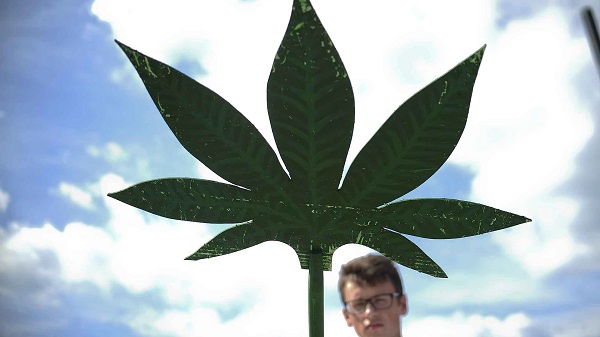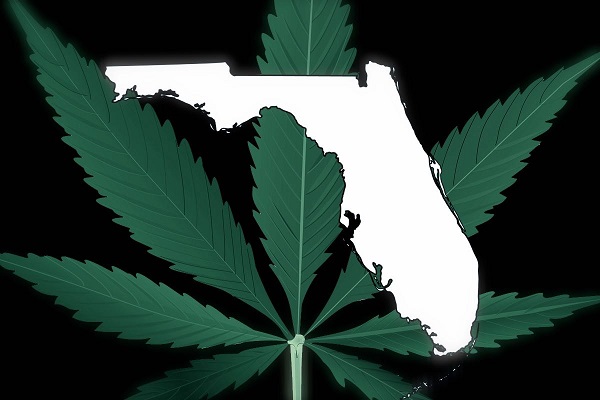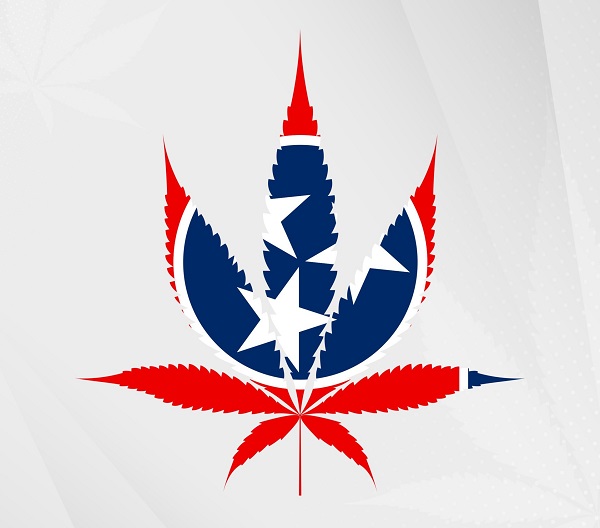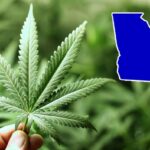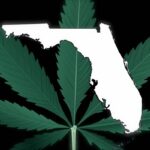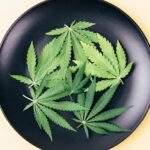Since 2007, the German capital, Berlin, has regularly found abnormally high levels of THC in cannabis. According to statistics, the city has held the record since 2010 with an active ingredient level of 44% THC. So what is behind this phenomenon?
A question about the THC content of seized cannabis products from 2007 to 2022, asked by a Berlin-based FDP politician, revealed unexpected peaks. Although the average level of active ingredients in seized cannabis ranged from 11.1% to 13.7%, the peaks were striking: 46% THC for hashish seems plausible, but the peak value of 44% THC found in 2010 seems almost impossible. And 37.9% and 39.7% THC in 2009 and 2011 are also interesting. With the exception of 2016, cannabis samples with more than 30% THC were found every year.
Considering that even medical cultivars do not achieve such levels, and that it is difficult to find samples with more than 30% THC in Dutch coffee shops or California pharmacies, the peaks in Berlin are perplexing to those who study the active ingredient levels of various cannabis varieties. Currently, the strongest medical strain in Europe contains 22% THC, and in Canada, 26%.
Master florists or statistical error?
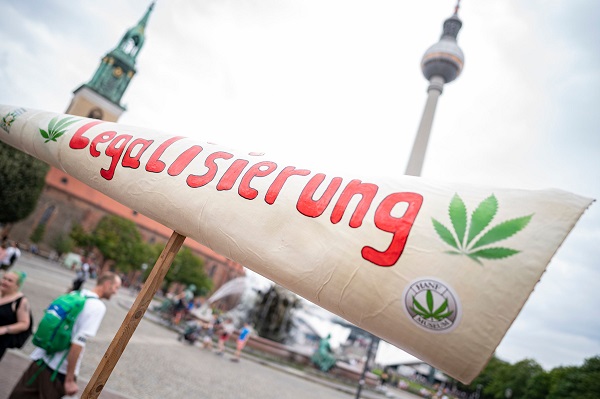
Even Godfather OG, the most potent marijuana ever tested and winner of the High Times Cup in the «Highest THC Content» category, only managed to reach 34% THC. With the exception of these newly bred varieties, even Cup winners in this category did not exceed 30% until 2016. In this context, the consistently high THC values of Berlin cannabis, grown illegally and under worse conditions than the Cup winners, are striking.
In general, with the exception of 2016, the maximum values for Berlin marijuana showed higher THC levels than all other varieties tested worldwide in medical programs or at Cannabis Cups. This is reason enough to question the Berlin police about the possible reasons for these apparent differences. The Berlin police press office responded to such a question as follows:
«Sometimes high values for marijuana (cannabis weed) can be explained by random measurements of a combination of cannabis weed and cannabis buds with a high cone content. There is an obvious difference with measurements in other parts of the world which cannot be confirmed, because the data cannot be seriously compared without an exact description of the measurement methods and an exact description of the material to be evaluated (leaves, buds or a mixture of both)».
Given a mixture of buds and less potent leaves, the buds would have even higher THC content than the already questionable 44%.
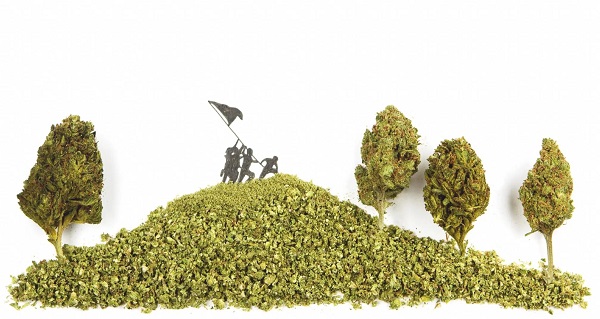
In response to a question about testing methods for seized cannabis samples, the press office stated:
«We have been accredited for many years by the German accreditation body according to ISO/IEC 17025, which includes, among other things, drug testing and determination of THC active ingredient levels, according to registration number D-PL-13241-01-00. The samples are analyzed in accordance with the provisions of the Society of Toxicological and Forensic Chemistry’s Guidelines for Quality Assurance in Forensic Chemical Testing of Narcotic and Medical Substances».
As a comparison, they mentioned the results of tests of medical cannabis from Canada and the Netherlands, controlled by the German «Federal Institute for Drugs and Medical Devices». Medical cannabis from these countries is also tested in ISO/IEC 17025 certified laboratories, and the laboratory must be approved under ISO 15189. Expressing doubts about these comparative data does not make the Berlin police’s claims about the THC content of the seized cannabis any more credible. In response, the press office added:
«The measurement results of samples seized from illegal cannabis plantations with many different varieties cannot be compared to cannabis grown under controlled conditions for the pharmaceutical industry. Moreover, according to the highest regional court decision, the measurement of cannabis products containing the psychotropic substance THC is conducted in most forensic laboratories using gas chromatography to include non-psychotropically active THC acids, which are converted to THC at higher temperatures. Alternatively, high performance liquid chromatography (HPLC) can be used to measure cannabis products. Because this method of analysis involves separation in liquid form using a separation column at approximately room temperature, the THC acids are not converted to THC. Cannabinol (CBN), cannabidiol (CBD), THC and THC acids are recorded and measured separately. Adding the THC and THC acids together after conversion gives the actual THC content. This THC content may be higher than the methods you mentioned in other labs».
Two different measures or just different methods?
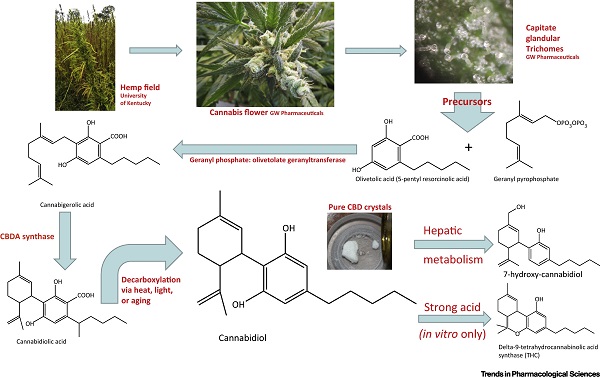
Even if total THC acid levels have been converted to THC, it is difficult to explain the presence of such high levels of THC over time, especially if they were found in a mixture of buds and leaves. Deviations from 10% to 20% in results from medical labs may be due to more than just different methods of measuring THC acid content. To peak between 33% and 44% would have to be almost as high as the actual THC content.
If this were indeed the case, patients could also increase the THC content of their preparations to such high levels by simple decarboxylation. There have been no reported cases where the THC content of medical cannabis has been as high as the peaks found in Berlin, even after full decarboxylation.
If the data do meet the legal criteria, either they are random and inaccurate, or worse, two different standards for measuring patients and offenders are being applied. The values in Berlin inevitably raise the suspicion that the THC content in criminal cases is inaccurate and overstated using unrealistic measurement methods because it affects the level of punishment.

